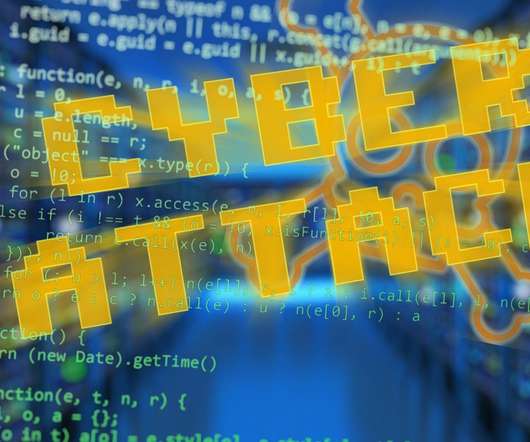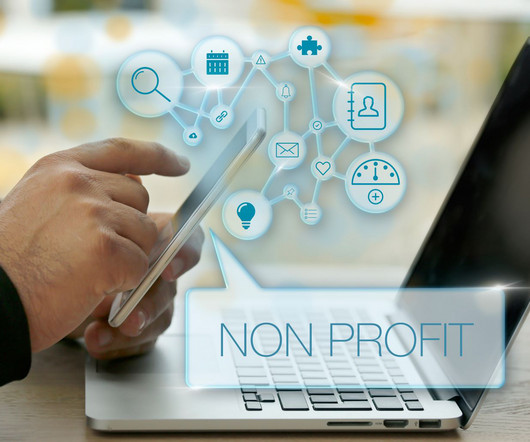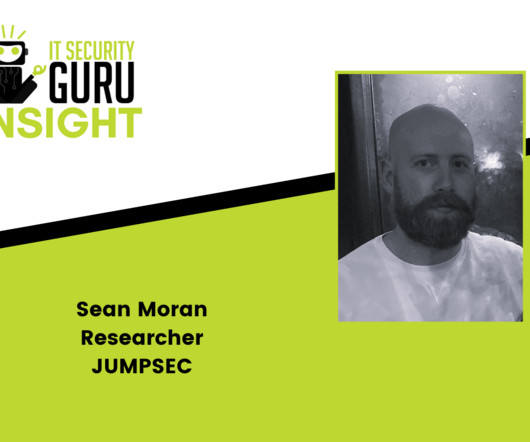2023 Predictions for Storage and Backup Ransomware
CyberSecurity Insiders
JANUARY 6, 2023
2022 clearly demonstrated that attacks on data represent the greatest cyber-threat organizations face. The attack pace not only continued, it accelerated. Many of these attacks took advantage of known vulnerabilities and security misconfigurations in storage and backup systems. But not insurance companies.


















Let's personalize your content